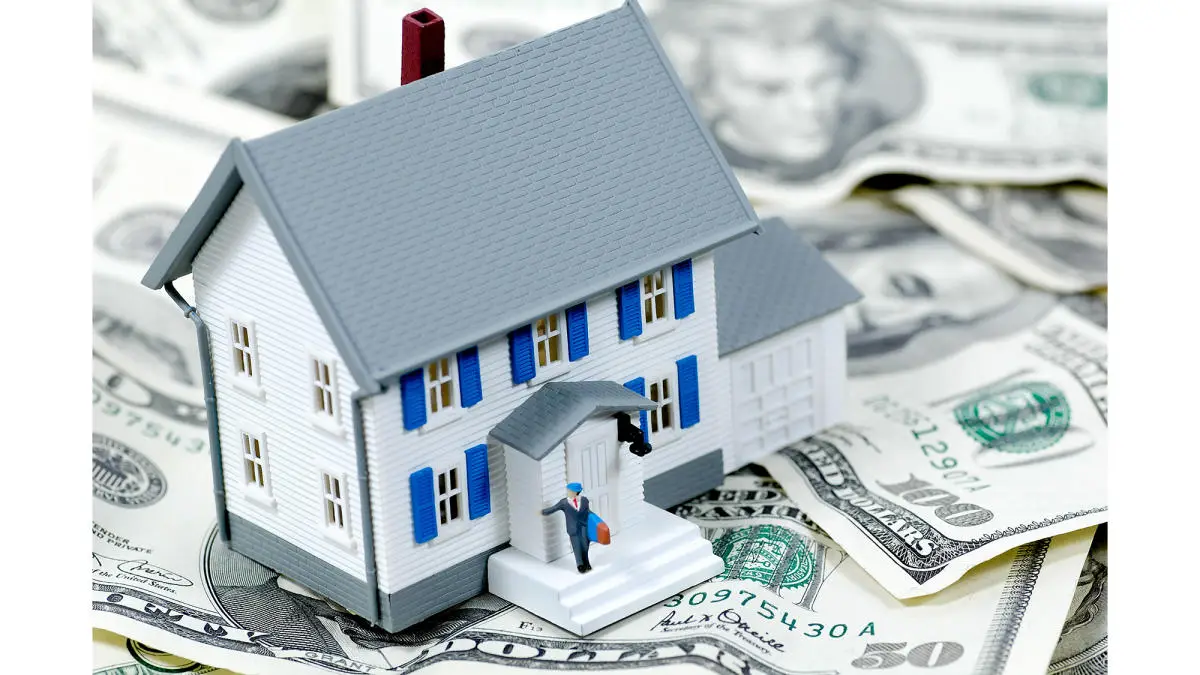Myths about investing move through financial spaces like icebergs in the fog: seemingly harmless on the surface, but often shattering personal investment routes to pieces. These misconceptions hinder capital growth, create false fears, and compel saving under the mattress instead of effective multiplication. It is important to understand which stereotypes firmly hold consciousness and hinder income growth.
The Most Common Myths About Investing
Stereotypes spread quickly, like viruses in the era of information boom. They sound convincing but undermine financial literacy, hinder decision-making, and deprive the opportunity to manage money wisely.

Investing Is Very Risky
Stereotypes often scare with catastrophic risk. It is a mistake to think that investments always lead to losses. Risk exists, as in any endeavor, but smart investing allows controlling it.
Markets demonstrate different levels of volatility. Stocks show an average annual return of 7–10% with proper diversification. Bonds, especially government ones, reduce overall risk, and ETFs provide balanced access to the broad market.
Investments may seem daunting to beginners due to a lack of basic investment principles. Relying on analytics, understanding exchange instruments, careful study of the stock market significantly reduce the likelihood of losses. Stereotypes create a sense of economic chaos, although in reality, the market adheres to specific economic laws.
Investing Is Always Expensive
Myths paint a picture as if investing requires a million at the start. The reality is different. Modern brokers provide access to the stock market with minimal amounts: ETFs are sold from a few hundred rubles, and buying bonds is possible even with a capital of 1000 rubles.
Investments for beginners do not require large investments. The stock exchange offers tools that allow regularly investing even small savings. Regular portfolio replenishment disciplines and forms a healthy financial habit.
Investing Is a Lottery
Myths about investing sometimes compare the process to gambling. Blind guessing, buying on rumors, and selling in panic indeed turn investments into a lottery. However, a systematic approach, understanding analytics, risk calculation, and working with a diversified portfolio form a strategy, not gambling.
Trading without preparation often creates the illusion of a lottery, but long-term investments are based on statistics, financial analysis, and economic forecasting. At the same time, smart financial investment allows for more stable income than a deposit, with controlled risk.
Investing Is Only for Professionals
Myths about investing suggest that the stock market is open only to specialists with diplomas and complex formulas. This is a misconception.
Investments for beginners become accessible through education and the use of simple tools. Brokers, exchanges, and funds create products that do not require deep economic knowledge at the start. ETFs, federal loan bonds, shares of large companies — accessible and understandable assets for capital formation.
Stereotypes create an artificial barrier that the modern market has long removed.
Smart Investment Requires Significant Time Costs
Stereotypes often exaggerate the need for constant control. Complex strategies and trading indeed require involvement. However, long-term portfolio investment allows minimizing time costs.
Example: buying ETFs with rebalancing every six months takes no more than an hour. Smart investment relies on simple algorithms, without turning financial management into a round-the-clock job.
Investing Should Only Be in Stocks
Myths about investing often focus on stocks, overlooking other instruments. Stocks provide capital growth, but the risk is higher. Debt instruments, such as bonds, help stabilize the portfolio, while ETFs and funds provide a balanced asset distribution.
This misconception distorts the structure of a successful portfolio, where stocks, bonds, funds, and deposits work together.
Investments Do Not Protect Against Inflation
Stereotypes create the illusion that investments do not protect against inflation. Real returns of financial instruments prove otherwise. The average inflation in Russia fluctuates around 4–6% per year. Returns on stocks and ETFs historically exceed this figure. Bonds and funds help maintain the purchasing power of money even in moderately volatile economies.
Investments Only Bring Profit in the Long Term
Myths about investing often claim that quick profits are impossible. The market offers instruments with different timeframes — from day trading to ten-year investments. Most private investors, however, achieve stable profits on a medium-term horizon (3–5 years).
Financial analytics confirms: a balanced portfolio with regular investments and diversification can generate stable income without years of waiting.
How Not to Fear Investing: Tips for Beginners
Stereotypes lose their power when basic financial principles are understood. Investments for beginners require simple but clear steps:
- Study the basics of investing: understand how stocks, bonds, ETFs, funds work, and how brokers provide access to the stock market.
- Assess risks: choose instruments considering financial goals, timelines, and an acceptable level of risk.
- Start with small amounts: use minimal investments to gradually explore the market.
- Be consistent: invest funds systematically, creating discipline and minimizing the impact of market fluctuations.
- Check analytics: make decisions based on reliable data and analytical reports, not rumors.
- Develop financial literacy: understand the impact of inflation, consider commission costs, and evaluate profitability with real numbers.
Stereotypes crumble when a conscious approach is formed, and understanding of how to invest effectively and safely emerges.

Myths About Investing: Key Takeaways
Myths about investing do not reflect the real picture of financial markets. Risk, entry threshold, complexity — all are exaggerated. Smart investment is accessible to everyone willing to analyze, study the market, and use financial instruments without fear. Investments are not a lottery or a closed club for professionals but a working tool for increasing savings and protecting against inflation.
 en
en  ru
ru  de
de  ar
ar  es
es  nl
nl  hi
hi  fr
fr  it
it  pt
pt  el
el 



